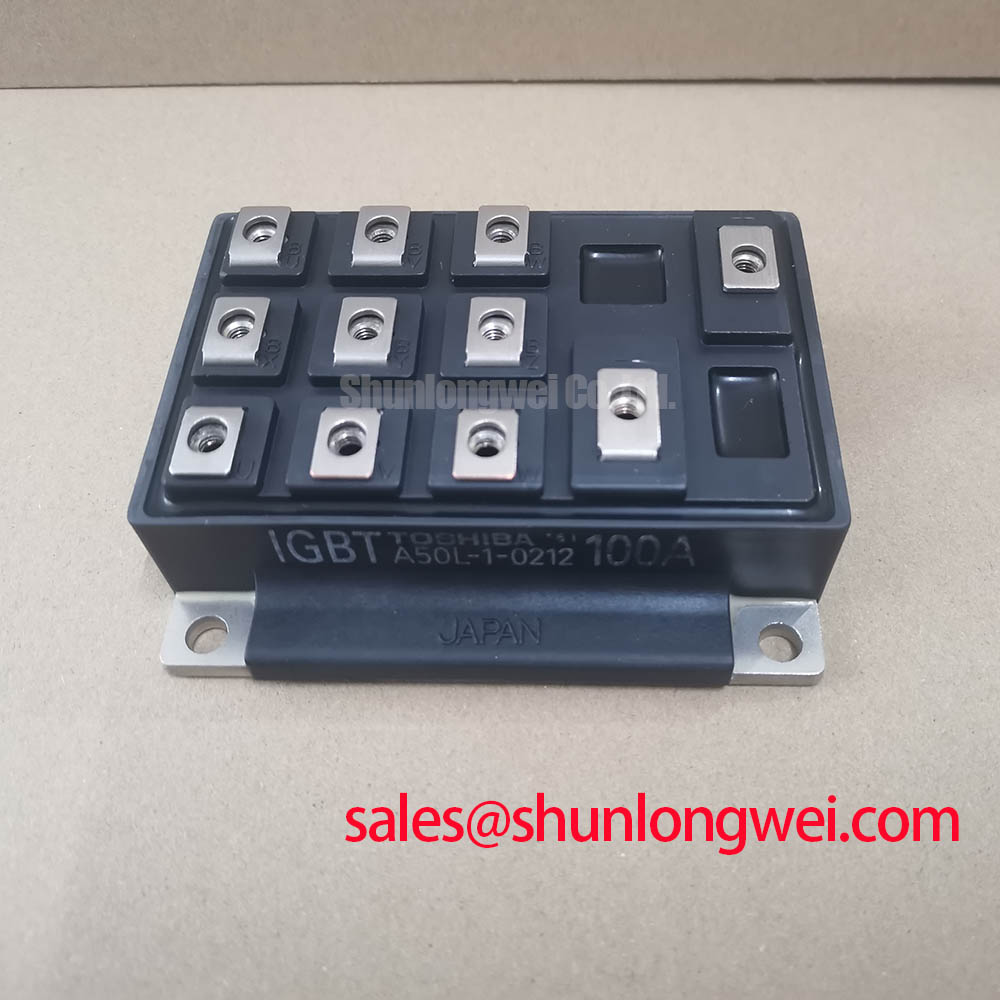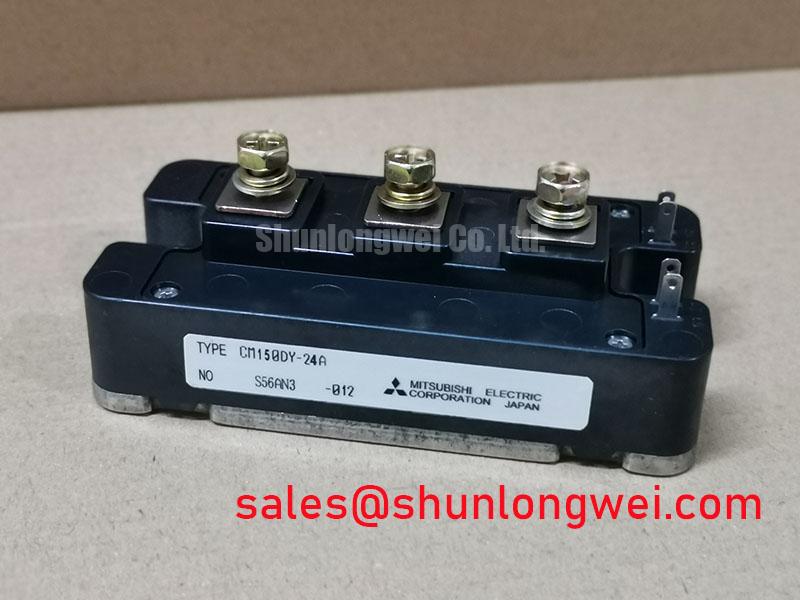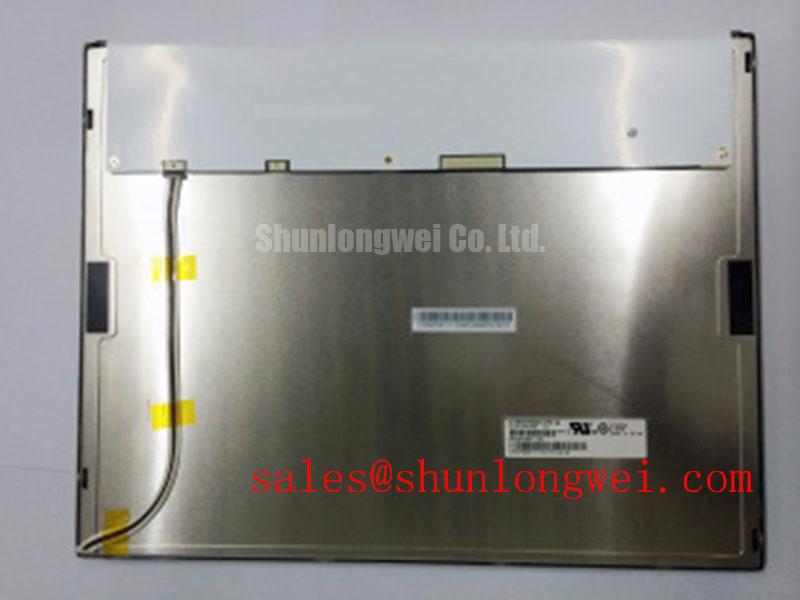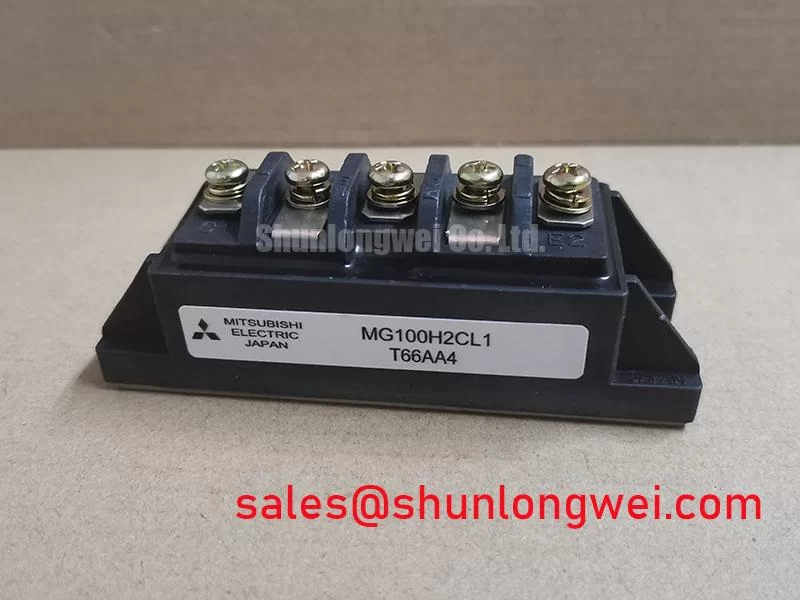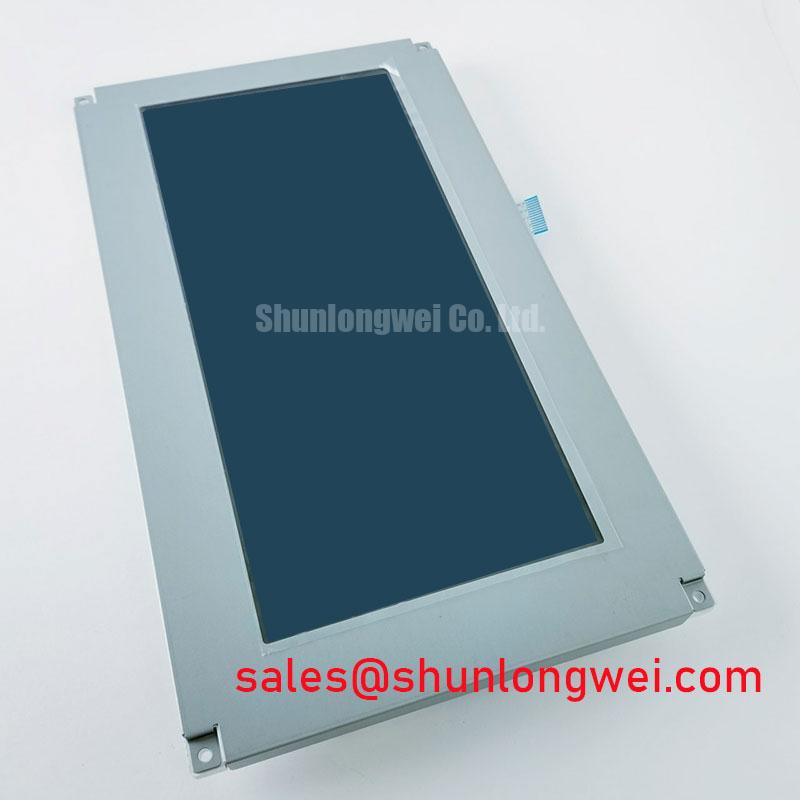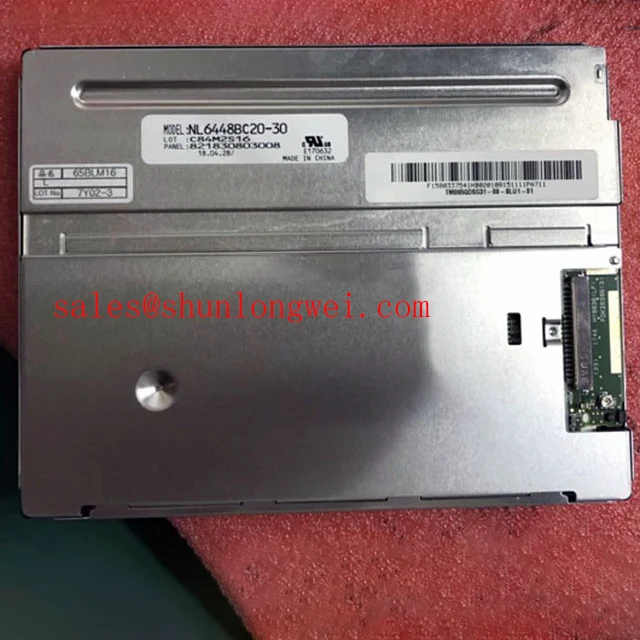Content last revised on October 23, 2025.
A50L-1-0212 | FANUC Diode Module | Specs & Applications
The FANUC A50L-1-0212 is an OEM-specified diode module engineered for maximum operational reliability and thermal stability within high-performance drive systems. Featuring core specifications of 600V and 100A with a 2500V isolation rating, this component is built to ensure OEM-level system integrity and maximize uptime in demanding industrial cycles. Designed as a direct-fit component for specific FANUC servo and spindle amplifiers, it restores original performance and safety parameters. For maintaining the uptime of FANUC Alpha Series Amplifiers, this module is the definitive choice for reliable power rectification.
Application Scenarios & Value
Ensuring Uptime in Critical CNC and Robotic Systems
In high-stakes manufacturing environments, the primary engineering challenge is minimizing unplanned downtime. The A50L-1-0212 diode module is a cornerstone component in the power stages of Servo Motor Control systems, particularly within FANUC's own ecosystem of CNC machines and robotics. Its principal role in three-phase rectification or as a freewheeling diode is fundamental to providing stable DC power to the inverter. A failure in this component can lead to catastrophic drive failure and costly production halts.
The engineering value of the A50L-1-0212 lies in its adherence to original equipment specifications. Its robust thermal design ensures it can handle the intense, repetitive power cycles of a CNC spindle drive without degradation. Furthermore, its specified 2500V isolation rating acts as a critical safety barrier, protecting sensitive control logic from high-voltage transients originating from the motor side. This focus on durability and electrical integrity directly contributes to a higher Mean Time Between Failures (MTBF) for the entire drive system. While the A50L-1-0212 is tailored for specific FANUC drive architectures, systems requiring different package configurations or voltage classes might utilize components like the MDD95-12N1B.
Key Parameter Overview
Decoding the Specifications for System Reliability
The parameters of the FANUC A50L-1-0212 are specified to guarantee performance and longevity within its intended application. Below are the key technical specifications that are critical for system integration and maintenance decisions.
| Parameter | Value |
|---|---|
| Repetitive Peak Reverse Voltage (VRRM) | 600V |
| Average Forward Current (IF(AV)) | 100A |
| Isolation Voltage (Viso) | 2500V (AC, 1 minute) |
| Operating Junction Temperature (Tj) | -40°C to +150°C |
Interpreting the Critical Specs
What is the primary benefit of its high isolation voltage? Enhanced system safety and noise immunity. Think of the 2500V isolation rating as a robust electrical firewall. It rigorously separates the high-power motor circuits from the low-voltage digital controls of the CNC system, preventing catastrophic failures caused by electrical noise or faults from migrating across this barrier. This is a non-negotiable feature for complex Industrial Automation systems where uptime and safety are paramount.
Technical Deep Dive
A Closer Look at the Construction for Long-Term Industrial Service
The long-term reliability of the A50L-1-0212 module is not merely a function of its electrical ratings but is deeply embedded in its physical construction. Built for the demanding environment of a machine tool or factory floor, the module features a rugged, electrically isolated baseplate. This design serves a dual purpose: it simplifies thermal management by providing an efficient, low-resistance path for heat to be drawn away to a heatsink, and it provides the high level of electrical isolation essential for safety and compliance.
The module's ability to endure constant thermal cycling is like the suspension on a heavy-duty truck. While a standard car suspension might wear out quickly on a continuously rough road, this module is built to endure the constant 'bumps' of heating during machine operation and cooling during idle periods. This resilience, which prevents internal solder joint fatigue and bond wire lift-off, is a key reason why using an OEM-grade component is critical for achieving the expected multi-year service life from a high-performance servo drive.
Frequently Asked Questions
Engineering Insights on the A50L-1-0212 Module
Why is using an OEM-specified module like the A50L-1-0212 critical for FANUC drive repairs?
Using the OEM-specified A50L-1-0212 ensures perfect mechanical fit, thermal performance, and electrical characteristics matched to the drive's design. Generic replacements may not meet FANUC's stringent requirements for thermal cycling and surge current handling, leading to premature failure and potential damage to the more expensive control sections of the amplifier.
How does the module's thermal design contribute to the longevity of a CNC spindle drive?
Its design facilitates efficient heat dissipation to the system's heatsink. By maintaining a lower operating junction temperature under heavy loads, it slows down material degradation processes. This robust thermal management is key to preventing overheating during prolonged, high-speed machining operations, directly extending the service life of the entire spindle drive unit.
What is a typical failure mode for a diode module in a servo amplifier, and how does this component mitigate that risk?
A common failure mode is an electrical short or open due to thermal fatigue from repeated power cycles. The A50L-1-0212 is constructed with materials and processes designed to withstand these stresses, enhancing its power cycling capability. This robust build quality directly mitigates the risk of failure, ensuring more reliable operation over the machine's lifespan.
Strategic Importance in System Maintenance
Integrating the A50L-1-0212 is not just a repair action but a strategic decision to uphold system integrity and total cost of ownership. By restoring the drive to its original factory specifications, maintenance teams can confidently reset the reliability clock, ensuring that the machine's performance and safety standards are fully reinstated. This approach minimizes the risk of recurring failures and supports a predictive maintenance strategy by using components with a known and trusted service life.

